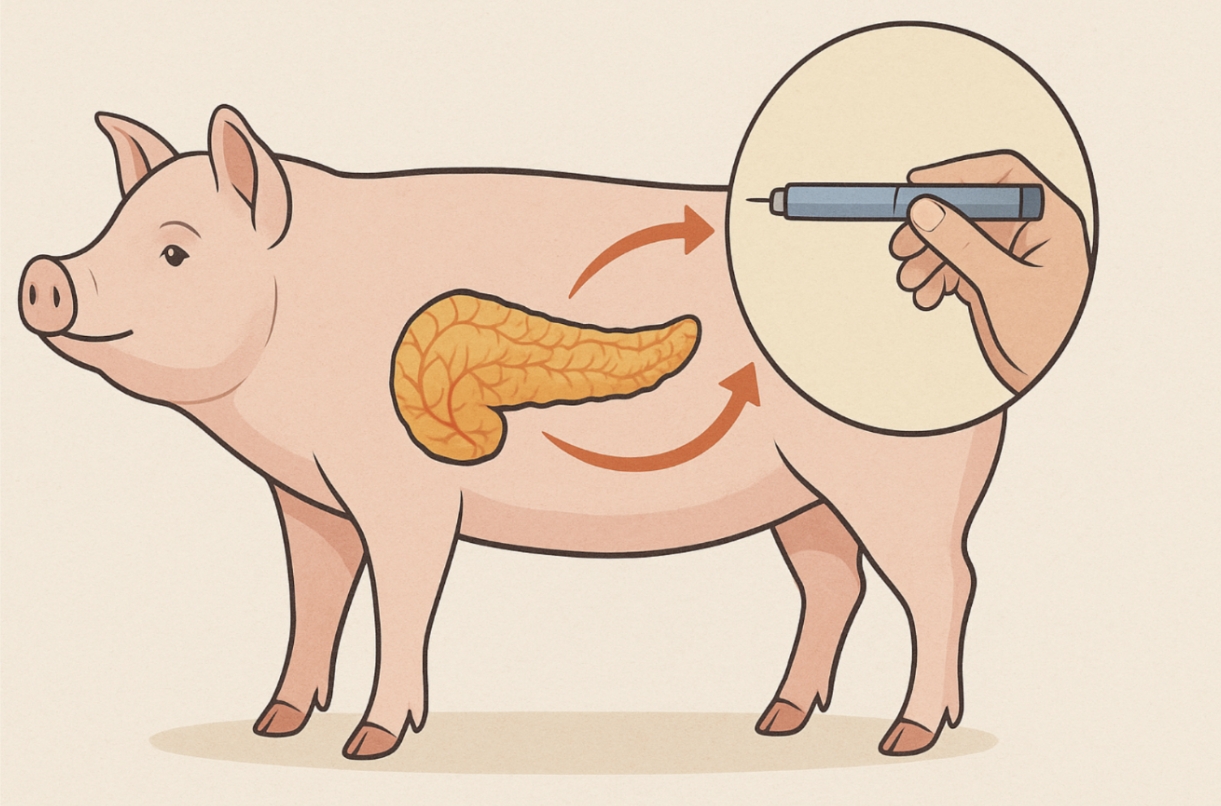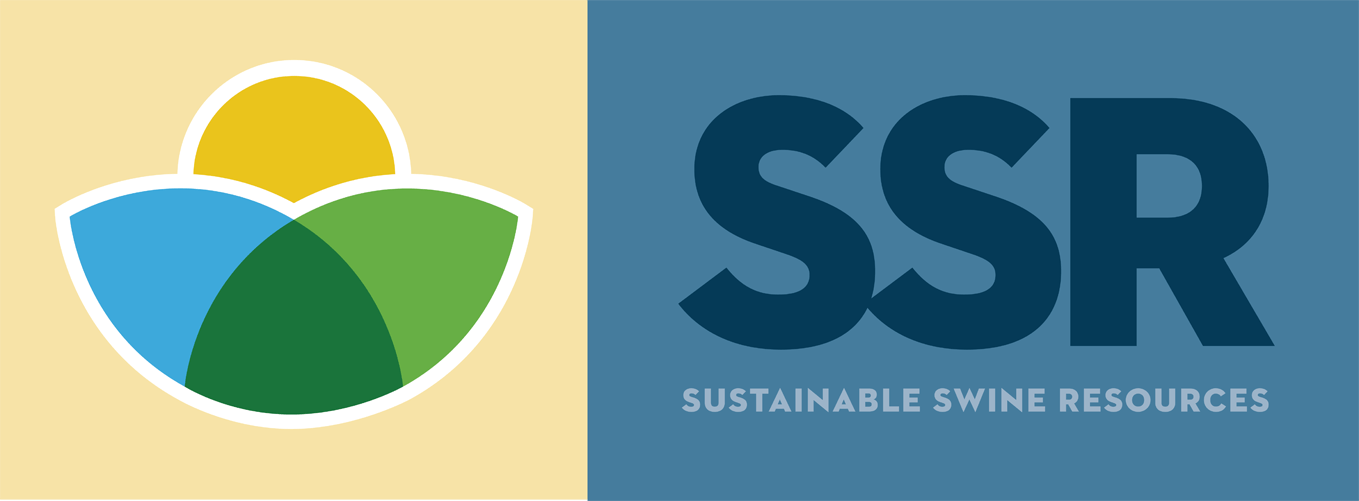Pig Pancreas and Insulin Production: A Lifeline for Diabetics

At Sustainable Swine Resources (SSR), we believe that every part of the animal has a purpose, and in the case of the porcine pancreas, that purpose is life-saving. For nearly a century, pig pancreases have played a central role in the management of diabetes, a condition that affects millions of people worldwide. While today’s insulin therapies are largely synthetic, the origin story of insulin is deeply rooted in porcine-derived insulin. Even now, the pig pancreas continues to contribute to pharmaceutical development, therapeutic innovation, and cutting-edge research into more permanent solutions for diabetes care.
A Brief History of Porcine Insulin
The discovery of insulin in the early 1920s transformed diabetes from a fatal diagnosis into a manageable chronic condition. Initially, insulin was extracted from the pancreases of cows and pigs, with porcine insulin quickly becoming the preferred option due to its close structural similarity to human insulin. In fact, pig insulin differs from human insulin by just a single amino acid, making it well-tolerated and effective for most patients.
For decades, porcine insulin was the gold standard of diabetes treatment. It was used to regulate blood sugar levels in people with Type 1 diabetes and in advanced cases of Type 2 diabetes. Long before biosynthetic insulin entered the market in the 1980s, pig insulin was already saving lives across the globe.
Why the Pig Pancreas Still Matters
Although the advent of genetically engineered “human” insulin has changed the landscape of diabetes care, porcine pancreas tissue remains highly relevant. In certain regions of the world, porcine-derived insulin is still used as a therapeutic option, especially for individuals who do not respond well to synthetic alternatives.
In addition to insulin, the pig pancreas is also a source of valuable enzymes and biologically active compounds used in pharmaceutical manufacturing and research. This includes enzymes like pancreatin, which is used in digestive aid formulations, and other materials essential for drug development and lab testing.
Future Possibilities: Xenotransplantation and Islet Cell Research
Porcine pancreases are also at the center of xenotransplantation research, a promising area of science that explores the transplantation of living pig cells into humans. Researchers are particularly focused on porcine islet cells, which are the clusters of cells within the pancreas responsible for producing insulin.
The goal of this research is to one day transplant porcine islet cells into patients with diabetes to restore natural insulin production, potentially offering a long-term or permanent solution to managing the disease. While there are still significant scientific and regulatory hurdles, early-stage studies show encouraging results.
SSR’s Role in Supplying High-Quality Pancreatic Tissue
At SSR, we’re proud to contribute to this legacy of life-saving science. We supply high-quality porcine pancreas tissue, carefully sourced and prepared in USDA-inspected, SQF-certified, and ISO 22442-2 compliant facilities. Our controlled environments and GMP-trained personnel ensure that each tissue product meets the standards required for pharmaceutical and research applications.
We work closely with our partners to develop custom sourcing and processing protocols tailored to their exact needs. Whether for enzyme extraction, medical research, or insulin-related innovation, SSR provides the reliability, traceability, and quality needed to support critical work.
Advancing the Future of Diabetes Care
The porcine pancreas has helped shape the past—and may help define the future—of diabetes treatment. From historical use in insulin production to new possibilities in regenerative medicine, this single organ continues to offer hope to millions.
If your organization is engaged in insulin-related research, therapeutic development, or pharmaceutical manufacturing, connect with us to learn how SSR can support your goals with high-quality porcine pancreas tissue.

